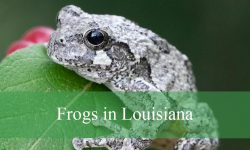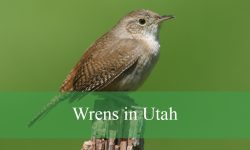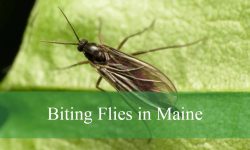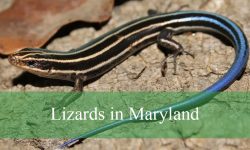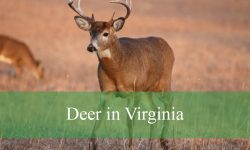If you love wildlife and the beauty of Utah’s landscapes, spotting deer can be a thrilling experience. Utah is home to several unique deer species, each with distinct features and behaviors that make them fascinating to observe.
Mule Deer, White-tailed Deer, Elk, and Moose inhabit different regions and elevations, offering wildlife enthusiasts opportunities to see them in forests, meadows, and even near lakes. Understanding their habits can make your sightings more rewarding.
From the towering Elk bugling in the fall to the solitary Moose grazing by a northern marsh, Utah’s deer species provide unforgettable wildlife encounters. This guide will help you identify, locate, and appreciate these magnificent animals.
Different Types of Deer Found in Utah
Mule Deer (Odocoileus hemionus)
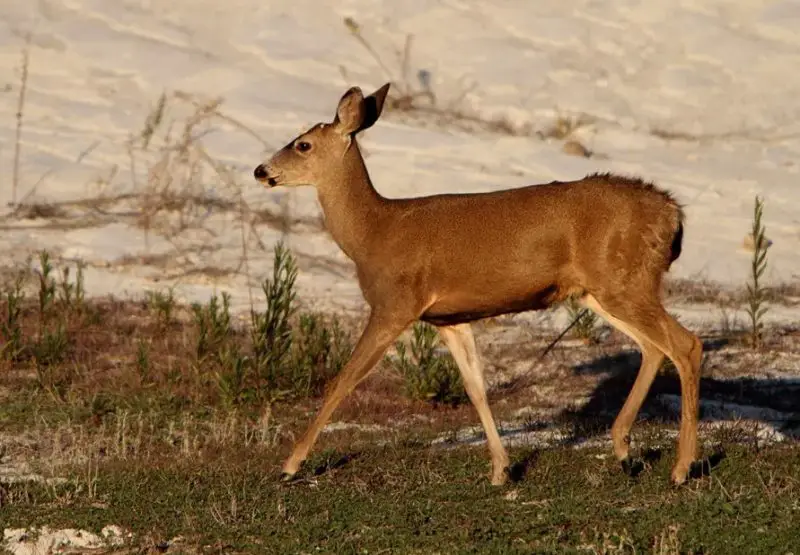
Mule deer are the most common deer species in Utah, easily recognizable by their large, mule-like ears and black-tipped tails. Adult bucks often carry impressive, forked antlers that can branch multiple times, making them a favorite among hunters and wildlife photographers. Their coats vary seasonally from a reddish-brown in summer to grayish-brown in winter, providing excellent camouflage against Utah’s diverse landscapes.
Mule deer are highly adaptable and primarily feed on shrubs, grasses, and forbs. They are crepuscular, meaning they are most active during dawn and dusk. During the rutting season in autumn, bucks engage in sparring contests to establish dominance and mating rights, creating some of the most dynamic wildlife experiences for observers.
These deer prefer a mix of forested areas and open terrain, including mountains, valleys, and foothills. In Utah, they are commonly found in the Wasatch Range, Uinta Mountains, and southwestern plateaus. Mule deer often migrate seasonally between higher elevations in summer and lower elevations in winter to access food and avoid deep snow.
For observation or hunting, early morning and late evening are the best times. Spotting them near water sources or along trails during migration periods increases the chance of sightings. Using binoculars and maintaining quiet movement helps avoid startling them, and winter feeding areas can provide excellent photographic opportunities.
White-tailed Deer (Odocoileus virginianus)
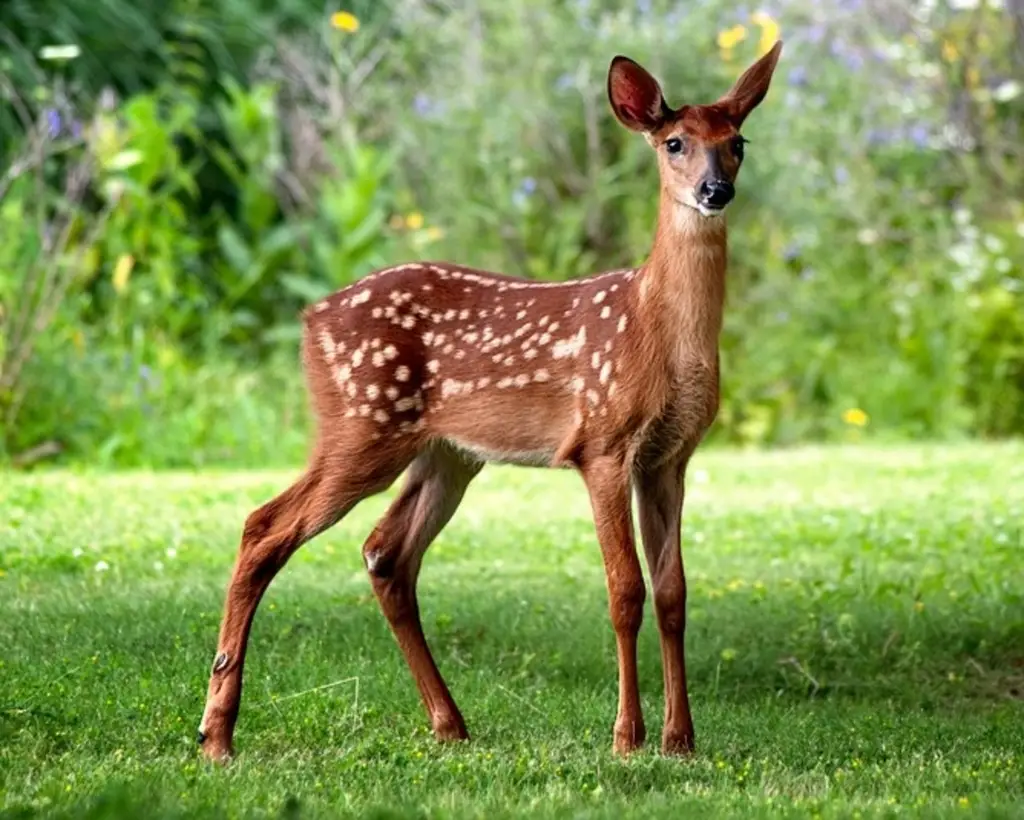
White-tailed deer are distinguished by their slender build, reddish-brown summer coat, and the characteristic white underside of their tails, which they raise as a warning signal when alarmed. Bucks grow antlers that typically curve forward with tines pointing upward, differing from the forked antlers of mule deer. Fawns have white spots that fade as they mature, blending into forested habitats.
These deer are highly adaptable foragers, feeding on a wide variety of vegetation including leaves, twigs, fruits, and nuts. They are most active at dawn and dusk and are known for their cautious behavior and keen senses of smell and hearing. Bucks compete aggressively during the fall rut, with fights often involving antler-locking displays.
White-tailed deer are usually found in forests, brushy fields, and riparian areas. In Utah, populations are concentrated in the northern regions and along river valleys, where dense cover and abundant forage exist. They tend to stay close to edge habitats, where forests meet open land, making these areas ideal for observation.
For observing or hunting white-tailed deer, the best times are during early morning or late evening. Trails, food plots, and clearings are excellent vantage points. Using natural cover and remaining downwind is crucial, as these deer are highly alert and can detect human presence from far distances.
Elk (Cervus canadensis)
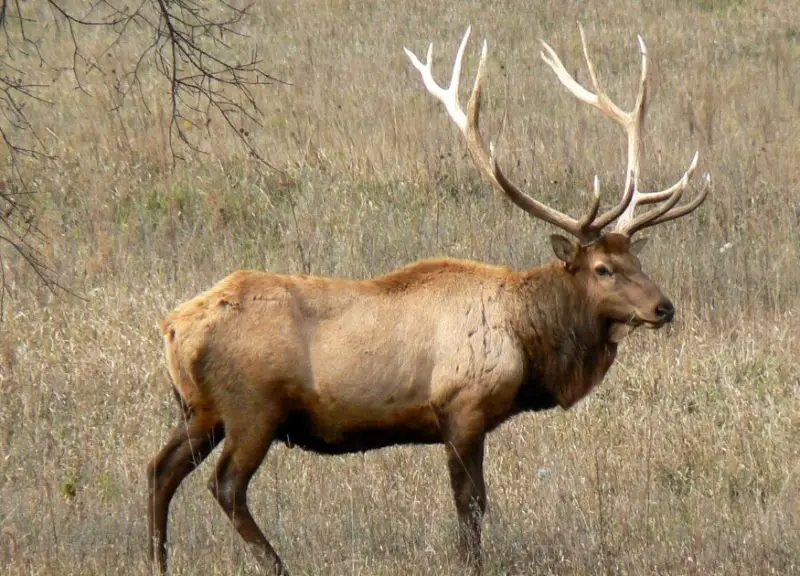
Elk are one of the largest members of the deer family, with bulls weighing up to 1,100 pounds and sporting large, branching antlers that they shed annually. Their reddish-brown summer coats turn darker and thicker during winter to withstand harsh conditions. The distinctive bugle of a bull elk is an unmistakable sound during the fall rut, signaling dominance and attracting females.
Elk are herbivorous, feeding on grasses, shrubs, and tree bark. They are highly social, forming herds that vary by season and gender; bulls often form bachelor groups outside the rut. During the mating season, bulls display aggressive behaviors, including bugling and sparring, creating dramatic wildlife encounters.
These animals thrive in a variety of habitats, from alpine meadows and forests to sagebrush plateaus. In Utah, elk are abundant in national parks like Zion and Bryce, as well as in the Uinta Mountains and central Utah ranges. Seasonal migration patterns are common, with elk moving to lower elevations in winter to access forage.
The best time to observe elk is during the fall rut or in spring when calves are born. Morning and evening hours increase the likelihood of sightings. Observers should maintain distance, use binoculars or spotting scopes, and remain quiet to avoid disturbing these sensitive animals.
Moose (Alces alces)
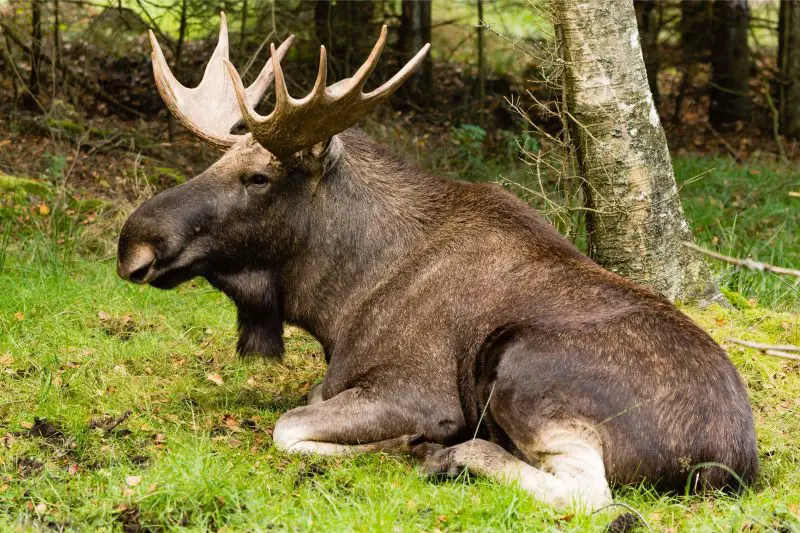
Moose are the largest members of the deer family in North America, with adult males weighing up to 1,500 pounds and standing over six feet tall at the shoulder. They have long legs, a pronounced nose, and large, palmate antlers that can span six feet across. Their dark brown winter coat provides insulation and camouflage, while summer coats are lighter in color.
Moose are browsers rather than grazers, feeding primarily on leaves, twigs, aquatic vegetation, and shrubs. They are solitary animals for most of the year, except during the mating season or when cows are accompanied by calves. Moose are excellent swimmers and often spend time in lakes or rivers, feeding on aquatic plants.
In Utah, moose are primarily found in the northern mountains, including the Bear River Range and Uinta Mountains. They favor dense forests, riparian areas, and marshes where food is abundant and cover is plentiful. Moose are highly sensitive to human activity and can be elusive, requiring patience and careful observation.
The best time to spot moose is early morning or late evening, particularly in late spring and early summer when vegetation is lush. Observers should stay a safe distance away due to their size and potential aggressiveness. Lakeshores and marshes often provide ideal viewing spots, especially for photography or wildlife watching.
Comparison of Deer in Utah: Species, Habitat, and Key Features
Here’s a detailed comparison table of the four main deer species in Utah, highlighting key features, behavior, habitat, and observation tips:
Feature / Species |
Mule Deer (Odocoileus hemionus) |
White-tailed Deer (Odocoileus virginianus) |
Elk (Cervus canadensis) |
Moose (Alces alces) |
|---|---|---|---|---|
Size & Weight |
Medium; 120–300 lbs |
Medium; 100–300 lbs |
Large; 500–1,100 lbs |
Largest; 800–1,500 lbs |
Antlers |
Forked, multiple branches |
Curved forward, tines point upward |
Large, branching, shed annually |
Palmate, broad, shed annually |
Coat |
Reddish-brown (summer), gray-brown (winter) |
Reddish-brown (summer), grayish (winter), fawns have white spots |
Reddish-brown (summer), darker winter coat |
Dark brown (winter), lighter summer coat |
Tail |
Black-tipped, relatively short |
White underside, raised when alarmed |
Short, light-colored |
Very short, not distinctive |
Diet |
Shrubs, grasses, forbs |
Leaves, twigs, fruits, nuts |
Grasses, shrubs, tree bark |
Leaves, twigs, aquatic plants, shrubs |
Behavior |
Crepuscular, migratory, moderately social |
Crepuscular, cautious, edge-habitat dwellers |
Social, herd-forming, bugling during rut |
Mostly solitary, strong swimmers, quiet except rut |
Habitat |
Mountains, valleys, foothills; Wasatch & Uinta Ranges |
Forest edges, brushy fields, river valleys; northern Utah |
Alpine meadows, forests, plateaus; national parks & ranges |
Dense forests, riparian zones, marshes; northern mountains |
Seasonal Patterns |
Migrates to lower elevations in winter |
Stays near cover, adjusts diet seasonally |
Moves to lower elevations in winter; rut in fall |
Favors wetlands, active in spring/summer, rut in fall |
Best Observation Time |
Dawn & dusk, near water & migration trails |
Dawn & dusk, clearings & edges |
Fall rut & spring, morning & evening |
Early morning & late evening, lakeshores & marshes |
Special Notes |
Most common deer in Utah; very adaptable |
Highly alert and cautious; edge habitats ideal |
Bugling sounds of bulls are distinctive |
Largest cervid; very sensitive to human disturbance |
Best Time and Places to Observe Deer in Utah
Seasonal Activity of Deer in Utah
The best time to observe deer in Utah depends on the season. In spring and summer, deer are often found in higher elevations where food is abundant, such as the Uinta Mountains and alpine meadows. During fall, bucks become more active during the rut, making it easier to spot them in open valleys and forest edges. In winter, deer migrate to lower elevations or valley bottoms to find food, so areas with mild snow and accessible forage are ideal for observation.
Optimal Times of Day
Deer in Utah are generally crepuscular, meaning they are most active during dawn and dusk. Early morning walks along trails or near water sources increase your chances of spotting deer. Late evenings offer similar opportunities, especially when deer feed in meadows or near forest edges. Midday sightings are less common, as deer usually rest in shaded or concealed areas.
Best Locations to See Deer
-
Mule Deer: Wasatch Range, Uinta Mountains, southwestern plateaus
-
White-tailed Deer: Northern river valleys and forest edges
-
Elk: National parks (Zion, Bryce), central Utah mountain ranges
-
Moose: Northern mountains, riparian zones, lakes, and marshes
Using binoculars or spotting scopes from a safe distance ensures minimal disturbance while observing wildlife.
FAQs About Deer in Utah
What types of deer live in Utah?
The main species include Mule Deer, White-tailed Deer, Elk, and Moose. Each species has distinct characteristics, habitat preferences, and seasonal behaviors.
When is the best time to see deer in Utah?
Early morning and late evening are the prime times. Seasonal activity also matters: spring and summer in high elevations, fall during the rut in valleys, and winter in lower elevations.
Where are deer most commonly found in Utah?
Deer are often seen in mountain ranges, forest edges, river valleys, and plateaus. Mule deer dominate higher elevations, white-tailed deer prefer northern forest edges, elk roam national parks and meadows, and moose are near lakes, marshes, and northern forests.
How can I safely observe deer?
Stay quiet and downwind, use binoculars or scopes, and avoid approaching too closely. Deer are sensitive to human presence, and sudden movements may cause them to flee.
Can I photograph deer in Utah?
Yes, using long lenses is recommended to maintain distance. Early mornings and evenings provide the best natural lighting and the highest chance of active wildlife sightings.

